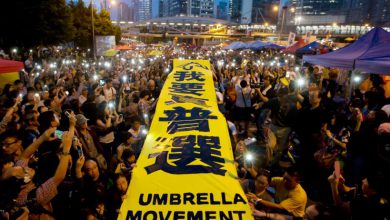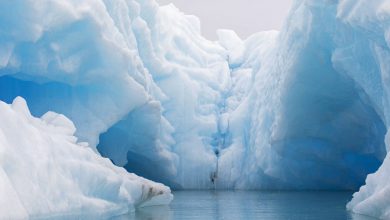AllAsia and OceaniaOngoing
Boundaries: Dokdo or Takeshima?
At first glance, the Liancourt Rocks would seem to be two innocuous and tiny islands in the Sea of Japan without any real significance. But they are in fact a significant source of dispute between South Korea, which is currently occupying the islands, and Japan, which claims them as their own.
The two small islands are only 47 acres in total, but the waters surrounding Dokdo/Takeshima are fertile fishing grounds. There may also be significant reserves of natural gas near them, though how much is uncertain. What is certain is that Japan calls the islands Takeshima, or “The Bamboo Islands,” while South Korea calls them Dokdo, or “Solitary Island.” The English name comes from a French whaling vessel that visited the islands in the mid-19th century.
Before the 20th century, the islands were not uninhabited, but both Japanese and Korean historical texts reference the islands going back to the 17th century. They also make conflicting claims to it.
In 1904, however, Japan and Korea signed a treaty called the Japan-Korea Protocol of 1904. This treaty required Japan to protect the territorial integrity of Korea, and at the same it granted Japan control of the two islands as a means to ensure this protection. A year later, Japan formerly annexed the islands, but Korea disputed this, insisting that the treaty only gave Japan temporary control of the islands.
The islands remained in Japanese control through World War II, with Korea continuing to dispute this control. In 1946, after the Allied forces defeated Japan, it initially suspended Japanese control of the islands, and the first drafts of the Treaty of San Francisco — which officially ended American occupation of Japan — stated that the islands belong to Korea. But subsequent drafts of the treaty gave control to Japan, and while the final draft of the treaty did not mention the islands at all, they were not listed among the islands that Japan formally ceded.
During the years in which the treaty was being negotiated both Japan and Korea submitted to the Allies detailed claims to the islands. But on August 10, 1951, the United States informed Korea through what has been called the Rusk Documents that the islands belong to Japan. The documents further rejected any claims to the islands by Korea.
Months later, on January 18, 1952, South Korea — ignoring both the Rusk Documents and the Treaty of San Francisco — announced through a presidential decree that the islands belonged to them. Then, on July 18, 1952, an order signed by the South Korean president authorized the seizing of any foreign vessels operating around the islands.
In the subsequent years, the United States has repeatedly insisted that islands belong to Japan, but it has also refused to engage in any actions to reverse South Korean control over the islands. Since this time, Japan has repeated offered to settle the dispute in front of the International Court of Justice (in 1954, 1962 and 2012), but South Korea has repeatedly rejected to participate.
In recent years, there have been a number of minor incidents between the two countries in regards to the islands. A decade ago, South Korea even sent 20 gunboats to the islands and threatened to arrest members of the Japanese Coast Guard if they carried out their planned survey of the island. The United States again asserted Japan’s right to the islands, and it criticized South Korea’s actions. But there seems to be no end to the dispute in sight.




